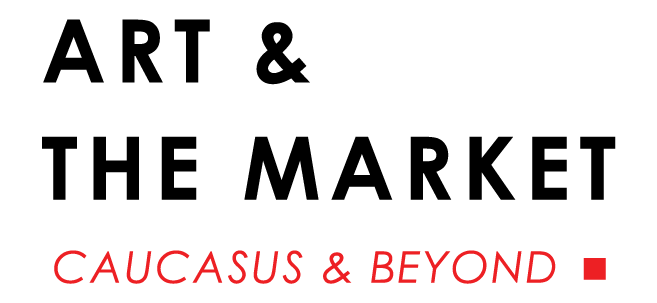London. How do you define any region? For ease of use, we have arranged our journal into three editions, to be published in February, June and October each year. The territory, cultures and markets that we address separately in each edition are divided into three segments; the Caucasus, which will in future include Russia and Central Asia; the Middle East, North Africa (MENA), which encompasses Turkey and India and will later include Pakistan, Bangladesh and Sri Lanka; and China and East Asia, which will, over time, incorporate South East Asia.
In edition 002 there is a very strong case to be made to conjoin a landmass stretching west to east from Istanbul to Kolkata and north to south from Tabriz to Golconda.
This vast territory was governed throughout Europe’s Renaissance and Enlightenment by three consanguineous dynasties; the Mughals, Ottomans and Safavids. In today’s historicist era, in which traditional values are once again treasured, the acronym ‘MENA’ and the title, ‘India’, hark back to a world of European colonial cartographers perhaps no more so than in the division between Pakistan and India and that between India and Bangladesh – but, we are obliged to follow the current geographic compartmentalisations for the sake of expediency. In truth, we would like to refer to the Indian sub-continent as ‘Hindustan’ and much of the entire region as the ‘Persianate realm’.
We must satisfy ourselves today by peeling back the gratuitous labels, which have been affixed to identify modern states created atop the ashes of civilisations. In so doing we endeavour to discover truthful contemporary expression.
We search for and, increasingly, find resurgent and renewed traditions, which revivify contemporary practice.
This edition (002) is substantially larger than the inaugural one. We have commissioned four feature articles and added a collector’s corner and book review section. The Journal is privileged to have been granted access, through the association of two of its contributors, Roxane Zand and Yamini Mehta, to the two pre-eminent collectors of the Middle East and India; Dr Farhad Farjam and Kiran Nadar. The two interviews of these internationally respected collectors, conducted by our interlocutors, provide additional insights into their extensive philanthropic activities. The agency of both collectors in the support of new artists from the region has been key to sustaining the art worlds of India and MENA through their recent vicissitudes.
We are delighted that ArtFacts has agreed to continue to supply us with its unique data in a section now entitled ‘Data Corner’. This comprehensive information source provides commentators and analysts with a sound platform on which to construct their market theories. The three books chosen by our recently appointed reviewer, Stephen McCoubrey, former curator of the collection of the Union Bank of Switzerland (UBS), reflect the continuing discussions surrounding the purpose of art and its relationship to the art market. In the book, Boom, we read an unapologetic endorsement of commercialism, and in another book, New Art, New Markets, a polemic on what might replace this Anglo-American construction. In a third book, Art and the Global Economy, we are asked to consider a return to an artist led art economy.
As the journal matures the trans-regional connections between art and practice across the new art worlds that we examine will become apparent. We cover Asia in the next instalment and I feel sure that some of the shared cultural characteristics that permeate the cultures that we investigate will emerge. The Madani form of rock calligraphy in the Al Madinah province of Saudi Arabia is echoed in the calligraphic rock and oracle bone inscriptions of China’s Shang dynasty. The revival of the art of Chinese and Arabic calligraphy today is perhaps one of the clearest signs of the efflorescence of ancient traditions. It is a signal too of a change in societal mores and imminent alteration in art world conventions.

